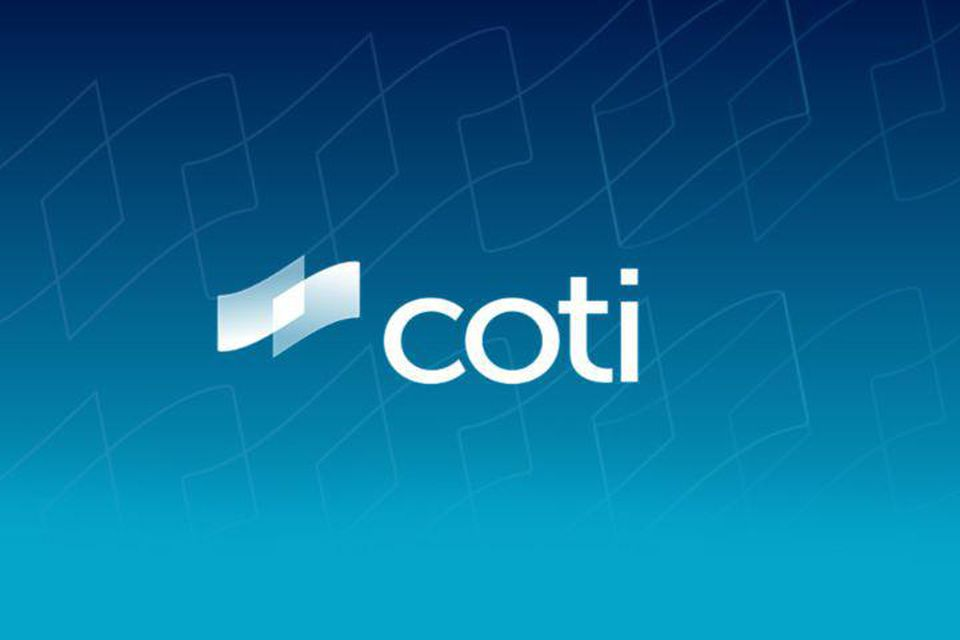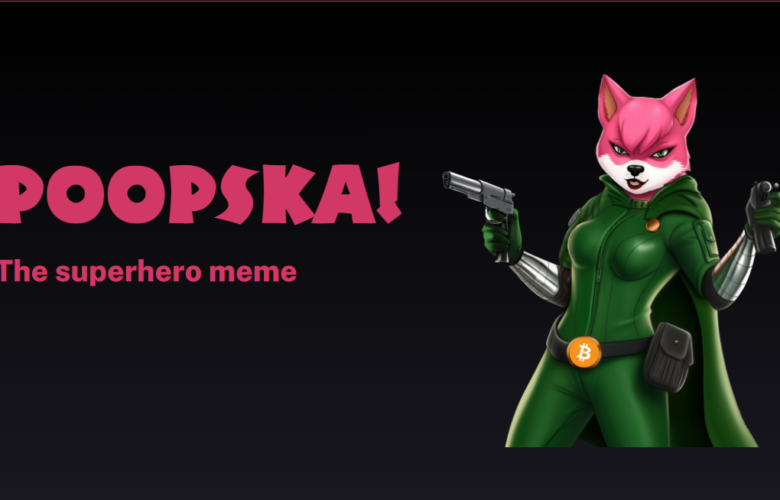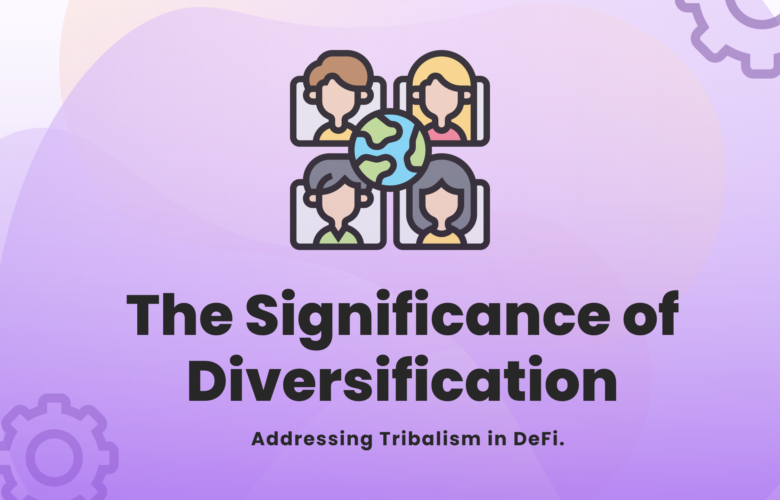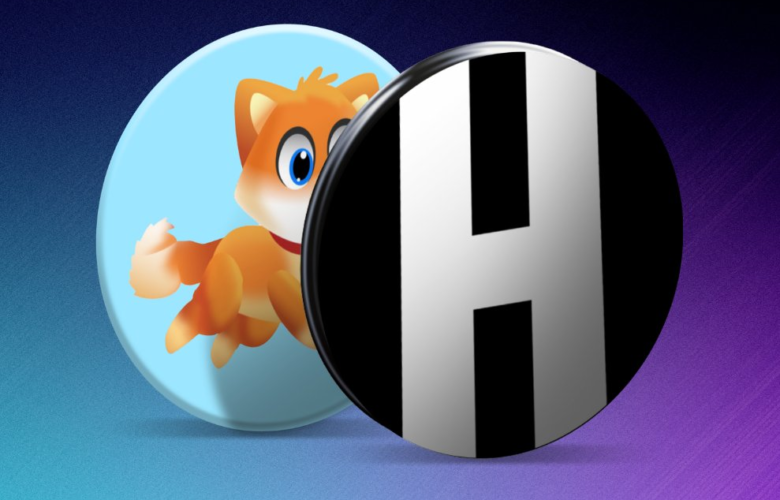COTI is can be described as blockchain ecosystem that enables low-cost, secure and quick transactions. By doing away with middlemen and enabling businesses to create their payment systems, stablecoins, or digital currencies, on top of the Trustchain protocol, it seeks to disrupt traditional banking.
A layer-1 fintech blockchain ecosystem created particularly for payments is called COTI. By proposing a new kind of DAG-based protocol and infrastructure that is inexpensive, quick, private, inclusive, and scalable, COTI is solving the difficulties of both decentralized and centralized finance (CeFi and DeFi). To reach consensus, it employs Proof of Trust (PoT), which combines PoW with DAG.
# Name Price Market Cap Change Price Graph (24h)
How does COTI function?
The goal of COTI is to design the next generation of digital and financial goods that take into account many facets of the emerging digital economy. It will function as a wholly comprehensive ecosystem since it was built from zero, from Layer 1 to Apps.
The scalability of prominent blockchains like Ethereum and Bitcoin (BTC) has been a problem. Blocks are used to conduct transactions, and new blocks are routinely added to a long chain of blocks. To confirm the transactions, there is a waiting period before the blocks are acknowledged, which may take a while. For instance, compared to Visa’s 65,000 TPS, Bitcoin can only process about 20 transactions per one second.
The layer-1 blockchain technology Trustchain, which uses a directed acyclic graph (DAG) data structure, is the foundation of the COTI network. It may boost throughput to up to 100,000 transactions per one second and greatly reduce transaction costs.
Proof of Trust (PoT)
The Proof of Trust consensus technique developed by COTI is combining Trustchain, DAG-based data formats, and Proof of Work (PoW) to solve scalability concerns.
The COTI DAG is referred to as “the Cluster,” a distributed ledger for logging network transactions. Transactions are being placed one after the other in succession rather than being grouped into blocks. A new transaction has to be linked to two older transactions for the validating nodes to recognize it.
They should link which transactions, though. It depends on how trustworthy they are. Validators in the PoT system are chosen depending on their reliability. Based on their prior behavior and payment information, each node and user in the Cluster is graded according to their Trust Scores. Their transactions can be handled more quickly and with lesser fees the greater the Trust Score.
The Source Selection Algorithm randomly chooses two validating nodes with comparable Trust Scores when a user starts a transaction on COTI. As a result, confirmed transactions from dependable individuals will happen considerably more quickly. Scalability and network security are possible due to the concurrent processing of transactions with various Trust Scores.
The way PoW is implemented in COTI differs from our norm. To gain trust, it doesn’t rely on mining. PoW is exclusively employed to safeguard COTI from spam attempts and motivate network users. Validators may be able to link their transactions to the Cluster if PoW tasks are completed, but this is not a given. Their Trust Scores, which are also used to determine the PoW levels that might indirectly impact transaction fee levels, will ultimately determine how much they are paid. COTI may function with very cheap transaction costs because no mining is necessary.
MultiDAG
The ecosystem of COTI MultiDAG is comparable to that of Ethereum. On the network, several autonomous DAGs are serving various functions. They all function synchronously on the same infrastructure, maintaining completely tailored tokens and apps, which increases the effectiveness of the entire network.
Developers, retailers, and businesses will be able to create tokens using the COTI MultiDAG 2.0 that inherit Trustchain features like scalability, low cost, high throughput, and user-friendly payment mechanisms like COTI Pay Business.
The MultiDAG allows users to produce their own fiat-collateralized, crypto-collateralized, or perhaps even non-collateralized stablecoins. For instance, COTI is the certified issuer of the payment system ADA Pay and the stablecoin Djed for Cardano (ADA).
Coin Issuance Service
After MultiDAG 2.0 is made available on the mainnet, COTI will be able to give corporate clients the option of using the COTI MultiDAG technology to create stablecoins and other digital currencies according to their own specifications. Lower transaction costs, privacy modules, scalable infrastructure, and complete technical assistance from the COTI team are some advantages of this service. Additionally, clients have the freedom to issue as many tokens as necessary at a low cost.
Djed
The very first algorithmic stablecoin developed on Cardano, Djed is powered by COTI. It is a stablecoin with an algorithmic structure. The currency is beneficial for decentralized finance (DeFi) activities and employs smart contracts to assure price stabilization. Djed is more than simply a stablecoin based on the Cardano network. Additionally, it’s intended to become the last coin used to pay for all transactions on the Cardano network.
COTI Pay Business
Merchants will be able to use new COTI Native assets as methods of payment for retail and commerce transactions using the COTI Pay Business solution. Businesses of all sizes will be able to benefit from COTI technology at low prices thanks to COTI’s Trustchain and MultiDAG secure and cutting-edge infrastructure.
Deposit & Earn at The COTI Treasury
Users can deposit $COTI and earn incentives for taking part in COTI’s Treasury, a decentralized and algorithmic pool of $COTI. As fees are paid to the Treasury by the whole ecosystem over time, either indirectly or directly, the pool increases. All of COTI’s product fees are collected in one place and given to users as incentives from the Treasury. This year, COTI will also launch a governance token. The Treasury’s users and those who consistently contribute to the expansion of the Treasury will get the governance token. It will enable its owners to discuss, suggest, and vote on modifications to the protocol.
What does COTI stand for?
The native token of the COTI’s ecosystem is COTI coin. A total of 2 billion of these DAG-based cryptocurrencies are in circulation. PoW mining is not necessary for COTI to protect the network. Ethereum, Trustchain, and BNB Chain are the three mainnets that COTI uses to do business.
Trustchain: the mainnet native to COTI.
COTI is also available on the Ethereum network as an ERC-20 token. It is utilized in DeFi DApps and sold on a few cryptocurrency exchanges.
BEP-2 and BEP-20 versions of COTI are used by BNB Chain.
Holders of COTI tokens can utilize the COTI Bridge to communicate with other networks (mainnets). In addition to being used to pay for ecosystem services, COTI may be put into the COTI Treasury for DeFi staking. Then, the Treasury will give COTI awards to users.
Conclusion
With its DAG-based Trustchain, COTI fills the demand for a Layer 1 that is appropriate for the particular requirements of consumer-merchant payments in the crypto sphere. The team predicts that in 2022, COTI’s network would exponentially expand from a single currency to several tokens, including Djed, corporate tokens, merchant tokens, and more. COTI is also planning to increase its collaborations with businesses and initiatives, and it anticipates adding more use cases to the platform in the coming days. The Treasury will receive all COTI ecosystem fees in one place, and incentives will be given to users.




 Bitcoin
Bitcoin  Ethereum
Ethereum  Tether
Tether  Solana
Solana  XRP
XRP  Dogecoin
Dogecoin  USDC
USDC  Lido Staked Ether
Lido Staked Ether  Cardano
Cardano